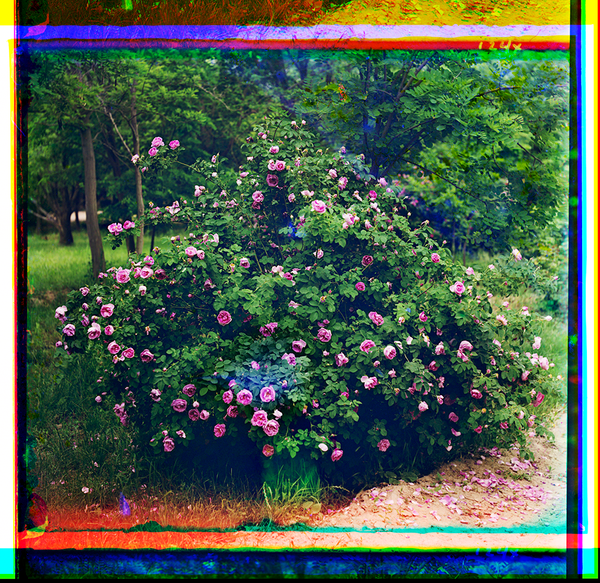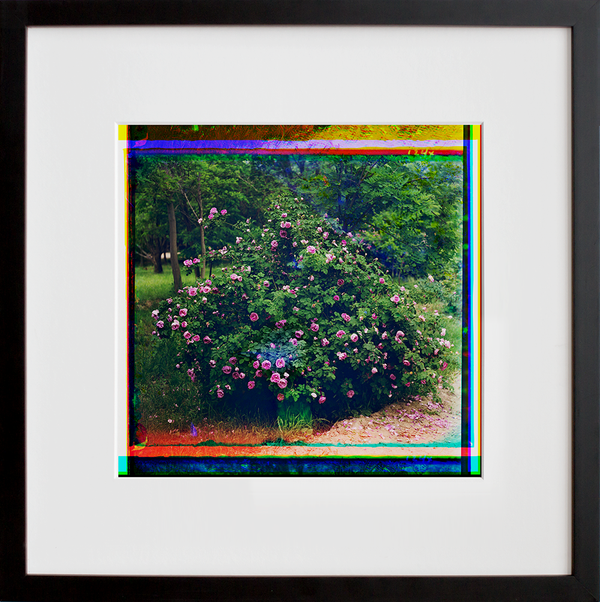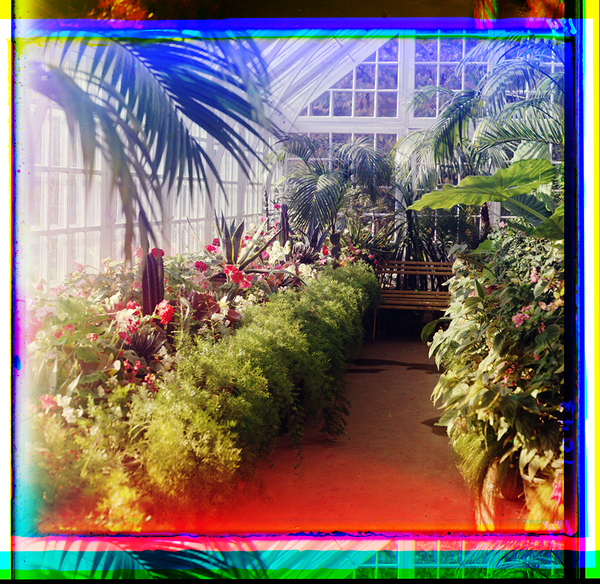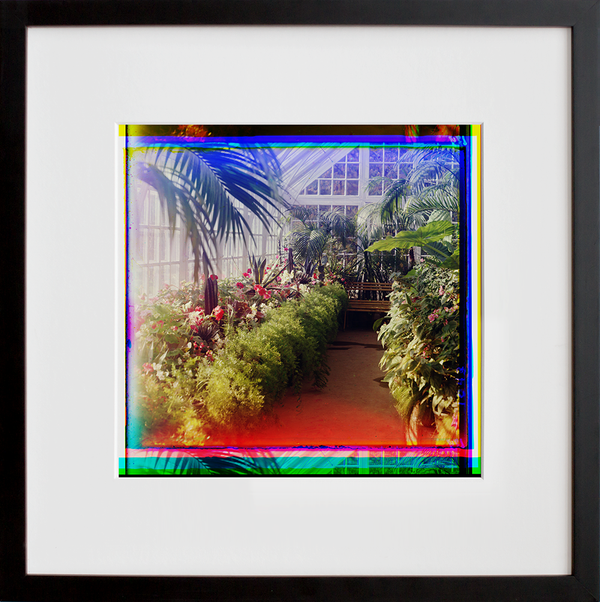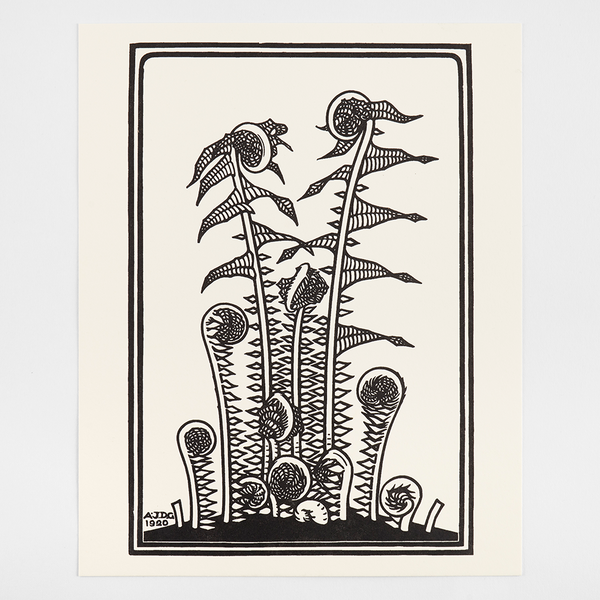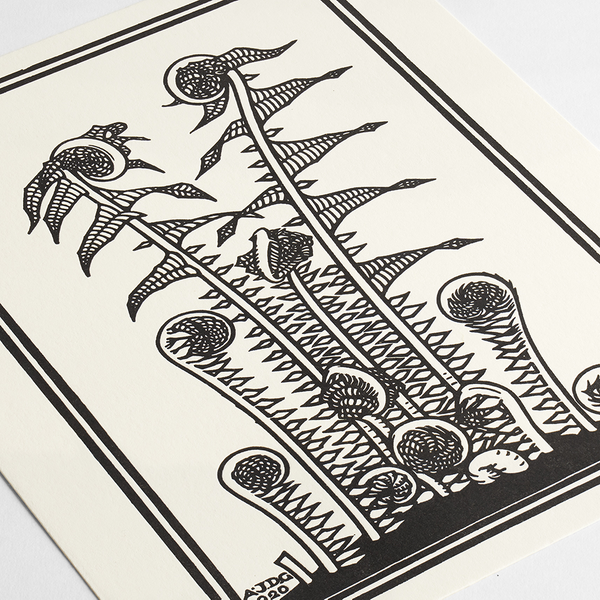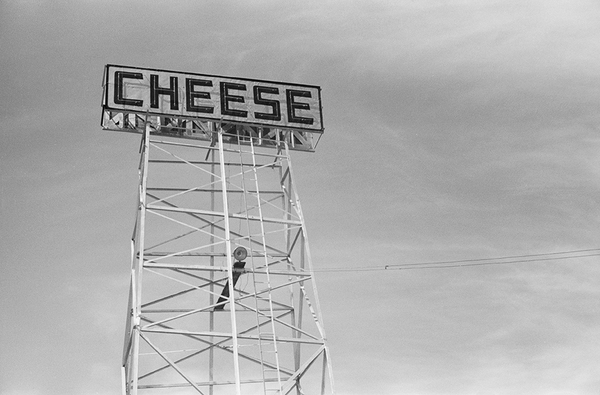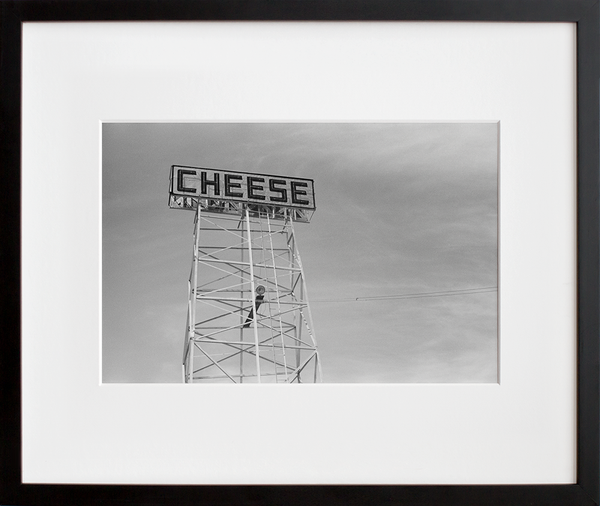
Northeast LA by Lindsey Warren
8"x10" ($24) | 11"x14" ($60) | 16"x20" ($240) | 20"x24" ($600) | 30"x40" ($2400)
The LA area is on our minds. Today's new edition—painter Lindsey Warren's dusky 20x200 debut—embodies so much of the area's atmospheric allure, that unplaceable appeal locals know well. It only seemed right to reach out to someone suitably enamored of SoCal to intro this edition—like Knock Knock founder, author, and Angeleno Jen Bilik, who recently published her book This Is (Not) L.A.: An Insider's Take on the Real Los Angeles. Below, Bilik waxes poetic about Warren's work, the artist's ability to capture Southern California's singularity, and that unbeatable L.A. light. Both her intro and Warren's work are intimate odes to the City of Angels.
Of course, it's impossible to talk about LA right now without acknowledging the wildfires that have been ravaging the landscape and claiming lives for nearly a week now. Consider donating to the CA Fire Foundation, or throw your weight behind some of the other relief efforts. Then turn your attention to Northeast LA, and join us in celebrating the city's incomparable sunsets, its colliding urban and natural beauty, and most of all, its resilience. Read on. — Team 20x200
Lindsey Warren gets L.A.
Her work captures the technicolor light of her hometown, whether in the gradients of a ROYGBIV sunset, as in Northeast LA, or with her more abstracted swarms of sky. When the city and its light come together, the result is art of depth—not just beautiful, not just gritty, not just representational, but somehow a larger expression of sensibility and place.
With Northeast LA, Warren splits her horizon in half—as seen from Mount Washington, the meandering neighborhoods of Highland Park, Eagle Rock, and Pasadena, backed into a San Gabriel Mountains midline, below an almost-twilight sky. The setting sun to the west, behind the frame, bounces its diminishing light off the faces of houses and the faces of mountains in the distance. The result is a painting that, like Los Angeles itself, is the best of all worlds—natural beauty, a backdrop either of mountains or ocean, and home-scented houses nestled among hills and trees.
Steeped in their reverence for New York and Europe, many twentieth-century artists pooh-poohed Los Angeles, but Southern Californian filmmakers and visual artists understood the unbiased truth: L.A. is about light. It’s about light, mountains, sea, and city. It’s about the almost overwhelmingly abundant beauty of its natural landscape juxtaposed with the new American city, a pioneering form that rose up not in vertical grid of New York, Boston, Chicago, with their allegiance to European proto-cities, but in a horizontal exploration of the new: the car, of the highway, the room for self-invention.
Art history’s most famous painting cities are characterized by their light—Florence and Rome immediately come to mind. The pioneering artists in all media who understood that Los Angeles was our very own Florence had the entire not-yet-city and adolescent metropolis at their self-invention disposal. In his seminal 1998 New Yorker essay, “L.A. Glows,” Los Angeles native Lawrence Weschler profiled Angelenos whose work depends on light, such as painter David Hockney, who “maintained that the extravagant light of L.A. was one of the strongest lures drawing him to Southern California in the first place." Robert Irwin, one of the artists of the Light and Space art movement of the 1960s and 1970s (which also included James Turrell), described, “One of [L.A. light]’s most common features ... is the haze that fractures the light, scattering it in such a way that on many days the world has almost no shadows. Really peculiar, almost dreamlike.”
In my recently published book, This Is (Not) L.A.: An Insider’s Guide to the Real Los Angeles: Debunking the Clichés, Crushing the Haters, and Generally Making You Wish You Lived Here (or Happier That You Already Do), one of the myths we unpack is that L.A. has no seasons. Los Angeles does indeed have seasons—they’re just not characterized by turning leaves, snow, buds crackling through frost, and humid greenery. Instead, our seasons are distinguished primarily by scent and light—the arrival of spring, for example, is announced by the glorious and inescapable clouds of jasmine perfume. Each season has its own spectacular luminosity. If I had to guess, I’d say that Warren’s Northeast LA is a lightscape of Indian Summer, possibly September or October, in its almost moistly lush sky colors—and indeed, when I checked, Warren confirmed, “It’s late fall, when the landscape in LA is still dry and the sunsets are the longest and most beautiful!”
Southern Californian seasons are subtle enough that you have to be here for two or three years before you really begin to absorb the gradations—in that sense, and so many others, Los Angeles is an insider’s city, best understood and appreciated after a few times around the sun. When I look at the larger body of Warren’s work, I see all the seasons of Los Angeles, from icy nuance to fluorescent exhibitionism, light captured throughout the year against the city and its dwellers who are fortunate enough to live under our sky.
Lindsey Warren is an artist who gets light—and therefore Los Angeles.
— Jen Bilik

About Our Guest Author
Jen Bilik is the founder of Knock Knock, celebrated independent makers of clever gifts, books, and whatever else they can think up. As of January 2018, she is also CEO of the newly formed Who’s There Group. Over the years Jen has been profiled by publications including the New York Times, the Wall Street Journal, and Inc. magazine, and interviewed for podcasts such as Debbie Millman’s Design Matters. She has done extensive public speaking and event moderation. Read more about her at knockknockstuff.com/about-jen.
In September 2018, Knock Knock published This Is (Not) L.A.: An Insider’s Take on the Real Los Angeles, by Jen with coauthor Kate Sullivan. Endorsed by Los Angeles Mayor Eric Garcetti and with a foreword by the late Jonathan Gold, the book tackles the plentiful misconceptions that surround the City of Angels, countering with expert facts on L.A. and its rich history.




